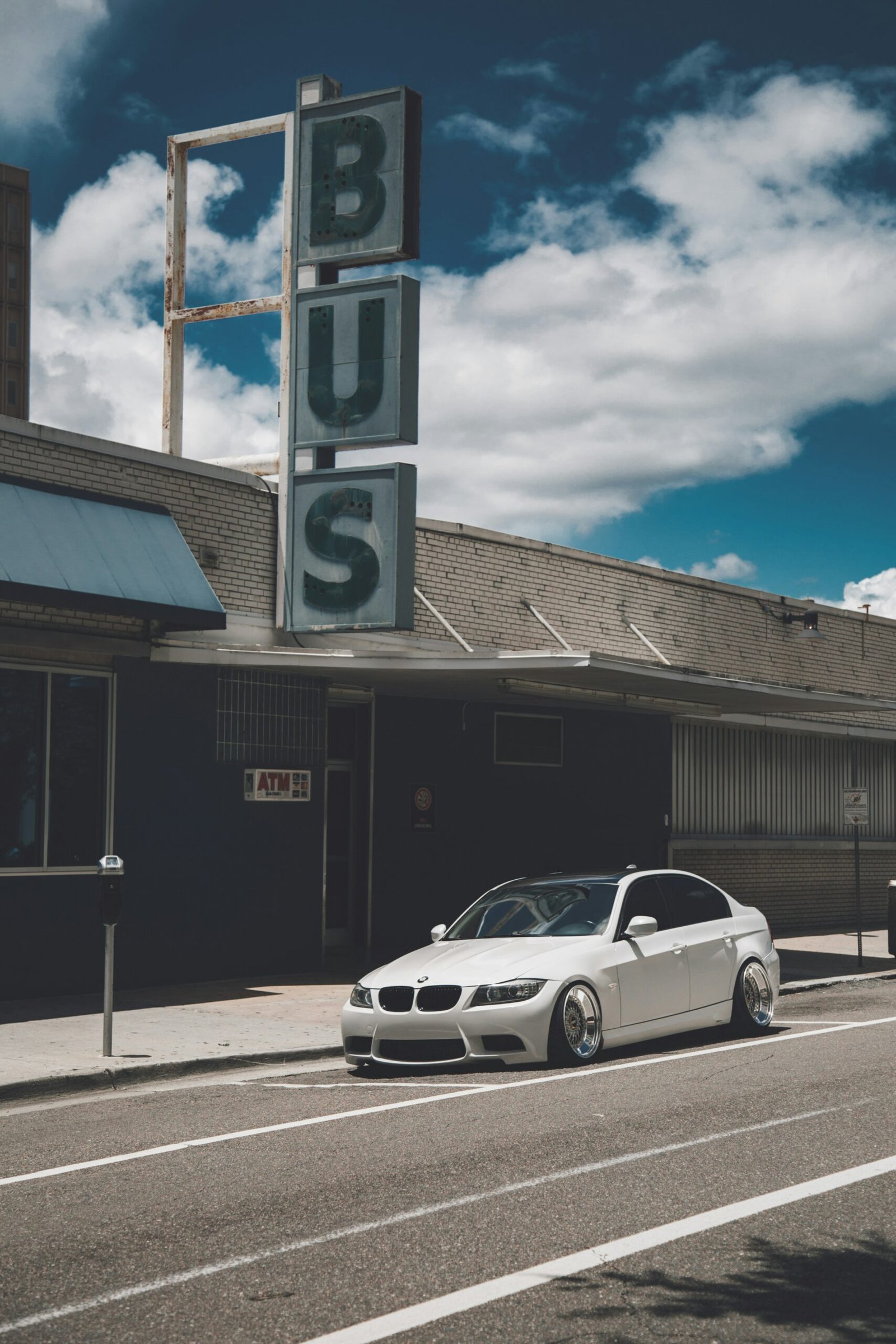Choosing the Best Window Tint for Your Car: A Comprehensive Guide
Understanding Window Tinting Options
When it comes to enhancing the comfort and aesthetics of your vehicle, selecting the right window tint film can make a significant difference. There are several types of window tint available in the market, each with unique properties and benefits tailored to diverse needs. This discussion highlights the key varieties: dyed, metalized, ceramic, and hybrid films.
Dyed window tint is one of the most common options. It consists of a layer of dye infused between an adhesive and a protective layer. This type is primarily used for aesthetic purposes, providing a sleek look while offering minimal heat rejection. One of the advantages of dyed films is their cost-effectiveness; however, they may fade over time and do not provide much in terms of UV protection or glare reduction.
Next, metalized window tint films incorporate tiny metallic particles to reflect heat and block UV rays effectively. This option excels in heat rejection and glare reduction while enhancing privacy. However, the metallic nature can interfere with electronic devices, such as GPS and radio signals, which may deter some car owners from using them.
Ceramic films are considered a top-tier option, particularly for those seeking superior performance. Infused with ceramic particles, these films offer excellent heat rejection, UV protection, and glare reduction without interfering with electronic signals. While they come with a higher price tag, their durability and performance make them a worthy investment for many drivers.
Finally, hybrid films combine elements of dyed and metalized films, striking a balance between aesthetic appeal and functionality. They tend to provide better heat rejection than dyed films while maintaining a more subdued appearance. Each type of window tinting film has its own pros and cons, and the choice largely depends on individual priorities like heat rejection capabilities, glare reduction, and desired privacy levels.
Factors to Consider When Selecting Window Tint
When selecting window tint for your car, several critical factors must be evaluated to ensure that your choice aligns with your preferences, legal requirements, and aesthetic desires. One of the foremost considerations is the local regulations regarding window tint darkness. Different states and regions enforce varying legal limits on the permissible darkness of window tints. Familiarizing yourself with these laws is essential to avoid potential fines and costly removal of non-compliant tints. For instance, some areas may only permit lighter tints on front windows while allowing darker options on rear windows.
Another significant factor is the level of UV protection offered by different window tints. Quality window tints can effectively block up to 99% of harmful ultraviolet (UV) rays, providing protection for both passengers and the vehicle’s interior. Prolonged exposure to UV rays can lead to skin damage as well as fade upholstery and diminish the overall value of the vehicle. Selecting a window film that offers high UV protection can enhance comfort while driving and preserve your car’s interior.
Longevity and warranty offerings of window tints also play an important role in the decision-making process. Opting for a product with a solid warranty can provide peace of mind, as it often indicates the manufacturer’s confidence in their product. High-quality tints are designed to be durable and resistant to peeling, bubbling, and fading, ensuring that your investment lasts over time.
Finally, consider the aesthetic impact of window tint on your vehicle. Different tint shades and finishes can enhance the vehicle’s appearance, providing a sleek and modern look. By taking each of these factors into account—local regulations, UV protection, warranty, and aesthetics—you can make an informed decision that not only meets your needs but also complies with legal standards.
Comparing Cost and Performance of Various Tint Options
When considering window tinting for your vehicle, it is essential to evaluate both the cost and performance of different tint options available in the market. The price of window tinting can vary significantly based on the type of film, brand, and the complexity of the installation process. Generally, there are three main types of window tints: dyed, metallic, and ceramic. Each type presents a different cost and performance ratio.
Dyed films tend to be the most budget-friendly option, typically ranging from $100 to $300 for the entire vehicle. While they do provide a degree of heat rejection and UV protection, dyed tints may not offer the same level of durability or performance as more expensive options. Their lifespan is generally shorter, often requiring replacement every few years.
Metallic tints are slightly more expensive, usually priced between $200 and $600. These films incorporate metal particles that not only enhance heat rejection but also provide an added layer of privacy. However, their reflective nature may interfere with mobile device signals, which could be a drawback for some users.
Ceramic tints, while the priciest, are known for their superior performance, often costing between $500 and $1,200. They excel in heat rejection, blocking a significant percentage of infrared light without the drawbacks of metal interference. Moreover, ceramic films are resistant to fading and scratching, providing long-term value that justifies the investment.
When budgeting for your window tint project, it is prudent to consider not only the initial installation costs but also the longevity and maintenance needs of the chosen film. Quality window tints may require a higher initial investment but can lead to substantial savings over time due to their durability and efficiency. Ultimately, choosing the right window tint will rely on balancing your budget with the performance attributes that align with your specific needs.
The Installation Process and Maintenance of Window Tint
The installation of window tint can significantly enhance your vehicle’s appearance and comfort. However, choosing between professional installation and a DIY approach depends on various considerations, such as budget and skill level. Professional installers typically provide a guarantee on their work, ensuring high-quality results. They are well-versed in the window tinting process and are equipped with specialized tools that ensure an optimal fit and finish. On the other hand, a DIY installation can save costs if you possess the necessary skills and patience. DIY kits are readily available, but they require meticulous attention to detail, especially in terms of measuring and applying the film smoothly to avoid imperfections.
When selecting a reputable installer, it is wise to seek recommendations from friends or conduct online research. Ensure the installer exhibits experience and expertise in the field of automotive window tint. Additionally, inquire about warranties and aftercare policies, as these are indicative of the installers’ commitment to quality service. A good installer will offer a portfolio of previous work and be willing to answer any queries regarding the window tint options available.
Once the tint is installed, maintenance plays a crucial role in prolonging its lifespan. It is essential to avoid rolling down the windows for at least 48 hours post-installation to allow the film to adhere properly. Cleaning is another integral aspect; utilize a soft cloth and a pH-neutral cleaner to prevent any damage to the tint. Common issues such as peeling or bubbling can occur due to improper installation or exposure to harsh chemicals. If you notice bubbling, it may be possible to rectify it by carefully smoothing the area, while peeling often requires professional attention to reapply the film. By following these guidelines, you can ensure your window tint remains intact and visually appealing over time.

